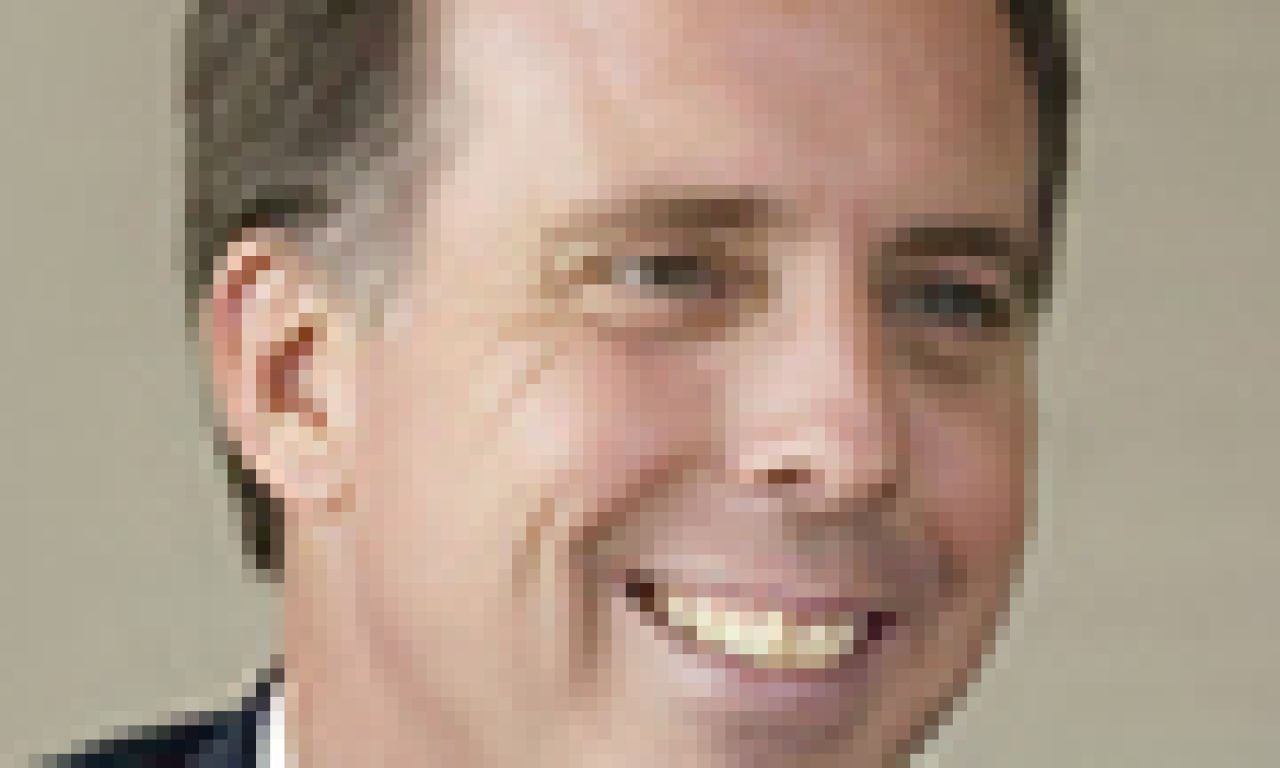(Pictured: Kevin Clifford)
by Greg Bright
Capital Group has set some ambitious business targets for its Australian and regional offices over the next five years. With the help of about US$1 billion in expansionary spending, Kevin Clifford, who is in charge of international distribution, wants Asia Pacific and Europe to each more than double their assets under management by 2020.
“We’d like to have US$50 billion in AUM in Asia Pacific and US$50 billion in Europe, from just under US$20 billion in each territory now, and we plan to reach that by 2020,” he said on a visit to Australia last week.
Clifford, the president and chief executive of Capital’s American Funds Distributors Inc, and president of the Institutional Investment Services division of Capital Group, agreed that the targets implied an AUM from Australian investors of about A$20 billion – no small task for the local operation which was launched only three years ago by Australian head, Paul Hennessy. Capital has an 11-person Sydney office, including a nascent retail operation, and medium-term plans for a Melbourne office too.
Clifford also serves on the Capital Group Companies Management Committee and is a 33-year veteran of staff-owned Los Angeles-based Capital, which has nearly US$1.4 trillion under management.
The firm is starting to shake off its Australian image of an institutional-only global equities shop, albeit one with a long track record with Australian super funds, and roll out a broad range of both retail and institutional strategies and products.
The additional US$1billion committed globally for the next five years will be spent in three broad areas:
> Growing investment capabilities globally with a net increase in staff (after natural attrition) of between 4-7 per cent. The firm currently has about 350 investment professionals. Of the 11 investment and research offices, five are in the Asia Pacific region.
> Completing the rebuild of its bespoke “multi-manager” Capital System architecture, which will cost about $300-400 million. At Capital, both analysts and portfolio managers manage money, even though they are all staff (no external managers).
> Expand distribution around the world. In Asia Pacific, Japan had reached its full complement, Clifford said, alongside Hong Kong and Singapore. Singapore houses many back-office functions.
Clifford said the Capital System meant consistent results among all the individual portfolios with the firm’s active style tending to offer additional protection in down markets.
Its style also fits neatly with the trend to outcomes-oriented investing well suited to the growing demand for retirement products. In the US, three new retirement strategies will be launched around September this year and a taskforce has been established to enable these to be exported to other territories.
For Australia, the “New Perspectives” global equity fund will be launched later this year to be followed next year by three funds in the multi-asset space.
“We’re the largest multi-asset manager on the planet,” Clifford said. “That’s the largest part of all the money we manage. And you’ll start to see those portfolios [in Australia] from later this year.”
Answering both the main criticisms of retirement products in general, which have to do with relatively high cost and lack of flexibility, Clifford said that Capital’s products were tailorable from conservative to aggressive and the company was also working on attaching them to an insurance vehicle.
He said the firm already had low fees, averaging just 26bps across all its funds. “We want to bring out low-cost vehicles with good investment results.”
To get around problems associated with size of funds under management, Capital splits itself into five distinct investment organisations, three of which are for equities, one for fixed income and one for private equity. It has found that, for its style, about 70 is the right number of people to cover the globe within each group. The groups have their own analysts and trading desks and don’t share their research.
The technology spend allows for continued advances in communications between all staff, which would otherwise be another disadvantage of size, as well as more efficient management of the money, accounting and compliance.
It also helps with hiring and retaining younger talent. For instance, gone are the days when analysts and managers were prepared to wait for the dissemination of printed research reports. They want them now, in real time, Facebook style.

